To provide the best experiences, we use technologies like cookies to store and/or access device information. Consenting to these technologies will allow us to process data such as browsing behaviour or unique IDs on this site. Not consenting or withdrawing consent, may adversely affect certain features and functions.
The technical storage or access is strictly necessary for the legitimate purpose of enabling the use of a specific service explicitly requested by the subscriber or user, or for the sole purpose of carrying out the transmission of a communication over an electronic communications network.
The technical storage or access is necessary for the legitimate purpose of storing preferences that are not requested by the subscriber or user.
The technical storage or access that is used exclusively for statistical purposes.
The technical storage or access that is used exclusively for anonymous statistical purposes. Without a subpoena, voluntary compliance on the part of your Internet Service Provider, or additional records from a third party, information stored or retrieved for this purpose alone cannot usually be used to identify you.
The technical storage or access is required to create user profiles to send advertising, or to track the user on a website or across several websites for similar marketing purposes.



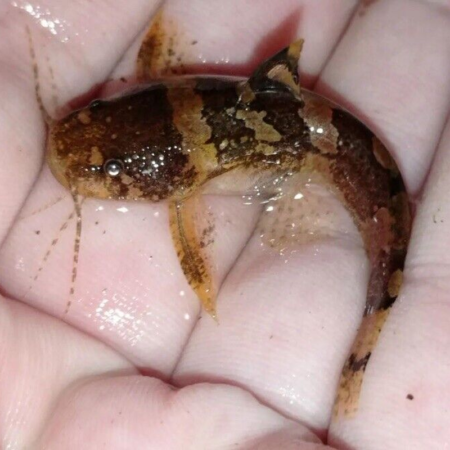



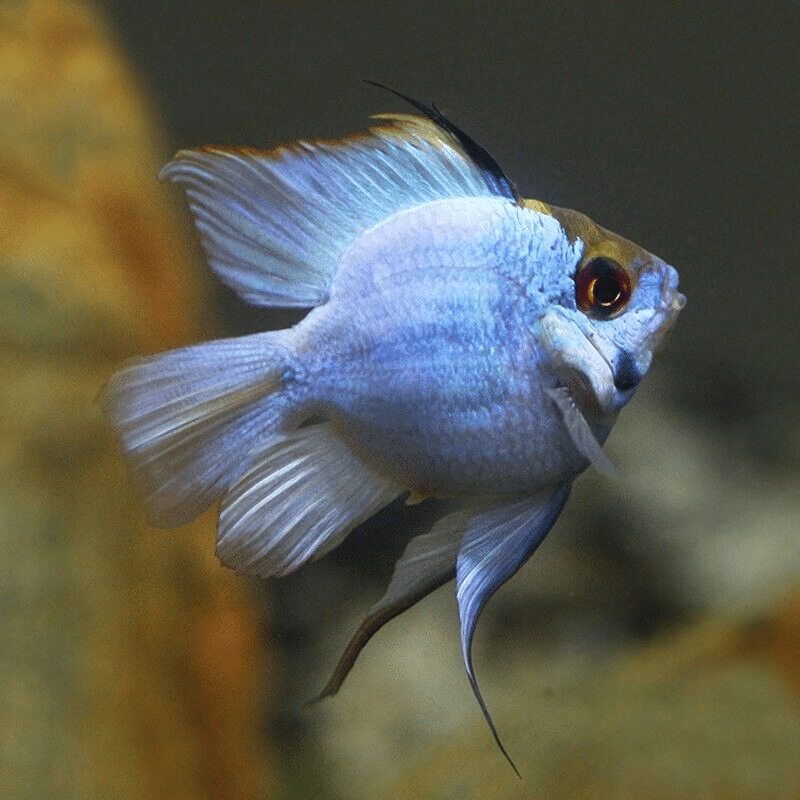

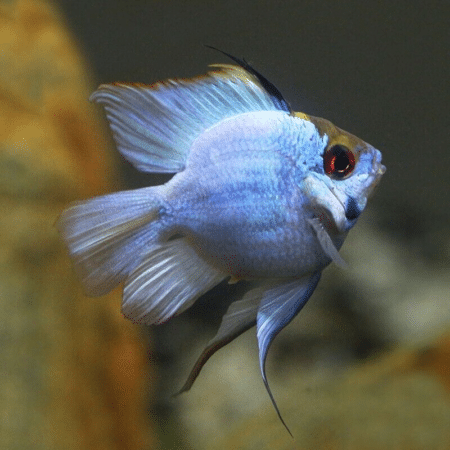
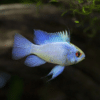
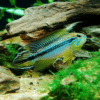









Emily Carter (verified owner) –
I recently purchased a pair of Mikrogeophagus Ramirezi «Electric Blue Balloon» and I couldn’t be happier! After two weeks in my 20-gallon tank, they have adapted beautifully. The male, with his striking blue coloration, is a true showstopper, while the female complements him perfectly with her vibrant yellow accents. These dwarf cichlids have a great personality; they are curious and even swim up to greet me during feeding time!
I’ve kept several types of aquarium fish, but these little guys really stand out for their social nature and vibrant colors. They seem quite happy, often exploring the tank together and even engaging in some gentle spawning behavior, which is a joy to witness. One minor concern is that they can be a bit territorial, especially when nesting, so ensure there’s enough space and hiding spots in your aquarium.
Overall, I highly recommend this pair for anyone looking to add some colorful, lively fish to their setup. They thrive in peaceful community tanks and are perfect for both novice and experienced aquarists. Plus, their lifespan can reach up to 4 years with proper care! Definitely a worthwhile investment for any fish lover!